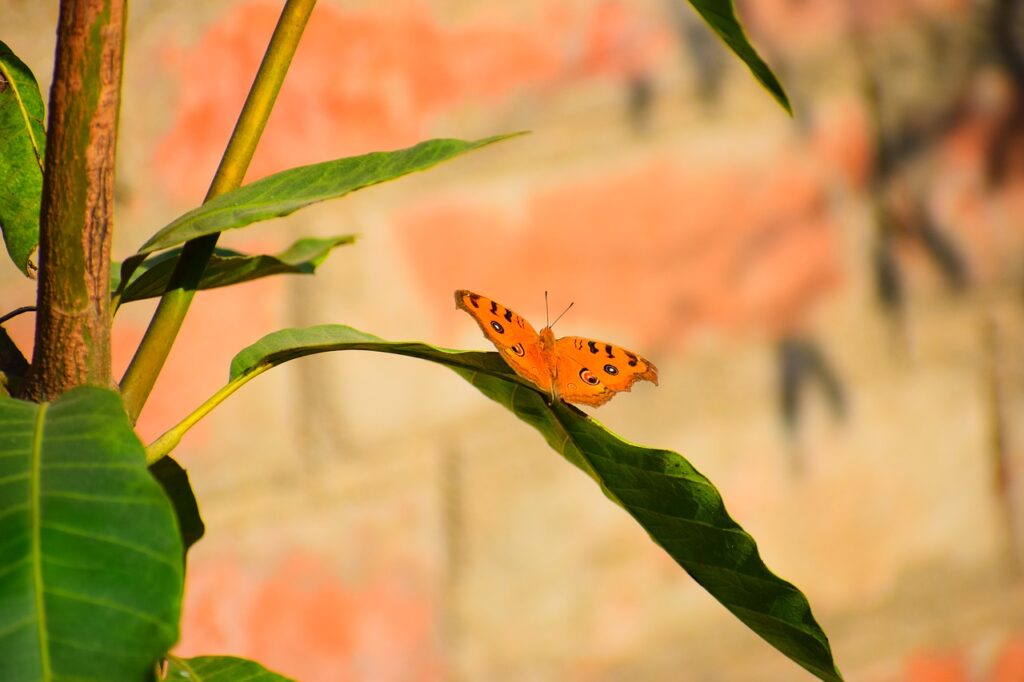Imagine yourself surrounded by breathtaking landscapes, azure blue waters, and the sweet melodious chirping of birds – that’s the captivating world of birdwatching in the Greek Islands! This nature lover’s guide will whisk you away on an enchanting journey, where you’ll discover the hidden treasures of Greece’s diverse avian species. From the secluded cliffs of Santorini to the lush wetlands of Crete, this article will transport you to paradise, providing essential tips and insights for an unforgettable birdwatching experience in the Greek Islands. Get ready to spread your wings and immerse yourself in the mesmerizing world of Greek birds!
Birdwatching in the Greek Islands: A Nature Lover’s Guide
1. Introduction to Birdwatching in the Greek Islands
Welcome to the beautiful Greek Islands, where nature enthusiasts can experience the captivating world of birdwatching. With its diverse landscapes, stunning coastlines, and rich biodiversity, the Greek Islands offer a fantastic opportunity to observe a wide variety of bird species in their natural habitats. Whether you are an experienced birder or a beginner looking to discover the wonders of birdwatching, the Greek Islands promise an unforgettable experience.
2. Best Time to Visit
To make the most of your birdwatching adventure in the Greek Islands, it’s essential to plan your visit during the optimal time of the year. The best time for birdwatching in this region is during spring (April to June) and autumn (September to November). These seasons mark the arrival and departure of migratory birds, as well as the breeding season for many resident species. The mild temperatures and favorable weather conditions make it ideal for birdwatching, ensuring a greater chance of spotting a wide range of bird species.

3. Important Bird Areas in the Greek Islands
The Greek Islands boast several important bird areas that are renowned for their ecological significance and bird populations. One of the most significant sites is the Evros Delta, located in the northeast of the country. This vast wetland serves as a vital stopover for migratory birds and is home to numerous bird species, including the rare Dalmatian Pelican.
The island of Lesvos is another hotspot for birdwatching, known for its rich birdlife and diverse habitats. Its salt pans, wetlands, and olive groves attract a wide range of bird species, including the strikingly beautiful European Roller.
Other important bird areas include the Prespa Lakes, the Ionian Islands, and the Cyclades, each offering unique birdwatching experiences and opportunities to observe both resident and migratory birds.
4. Endemic and Resident Bird Species
The Greek Islands are home to a number of endemic and resident bird species, making birdwatching here all the more exciting. Among the notable endemics is the critically endangered Eleonora’s Falcon, which breeds exclusively on certain islands like Santorini and Antikythira. The strikingly colorful and melodious Cretan Bunting is also endemic to the island of Crete, delighting birdwatchers with its presence.
Furthermore, the Greek Islands act as a permanent residence for several bird species, including the charismatic European Bee-eater with its vibrant plumage, the graceful Little Egret, and the agile Sardinian Warbler known for its melodious singing.

5. Migratory Birds in the Greek Islands
The Greek Islands serve as crucial stopovers for a multitude of migratory birds on their incredible journeys across continents. These islands provide food, rest, and shelter, making them essential for these long-distance travelers. Among the migratory birds you can spot are the majestic Common Crane, the striking Black-winged Stilt, and the elegant White Stork. Keep your eyes peeled during spring and autumn, as you may witness the awe-inspiring sight of thousands of birds filling the skies as they migrate.
6. Popular Birdwatching Spots
When it comes to birdwatching in the Greek Islands, there are numerous popular spots that offer exceptional opportunities for bird sightings. The Alyki Salt Pans in Paros are a prime location, attracting various wading birds and flamingos. In Corfu, the tranquil Lake Korission is a birdwatcher’s paradise, hosting a diverse range of species such as herons, gulls, and even the rare Audouin’s Gull.
The wetlands of Amvrakikos Gulf in Western Greece are a haven for birdwatching enthusiasts, with a multitude of waterbirds such as the Greater Flamingo, Glossy Ibis, and Eurasian Spoonbill gracing the region.
Other notable spots include the Nea Kios lagoon in the Peloponnese, the Psili Ammos wetlands in Kos, and the Natura 2000 network of protected areas.

7. Birdwatching Equipment and Essentials
To fully enjoy your birdwatching experience in the Greek Islands, there are a few essential items you should bring along. A pair of binoculars is a must-have, as it allows you to observe the birds up close without disturbing their natural behaviors. Additionally, consider packing a field guidebook specific to the region or downloading a birdwatching app on your smartphone for easy species identification.
Comfortable clothing, suitable footwear, and sunscreen are also important to ensure your comfort during long hours of birdwatching. Don’t forget to carry a water bottle and snacks to stay hydrated and energized throughout your nature escapades.
8. Tips for Birdwatching in the Greek Islands
To make the most of your birdwatching adventures in the Greek Islands, here are a few tips to keep in mind. Firstly, research and familiarize yourself with the bird species you are likely to encounter, as this will enhance your overall experience and make it easier to identify them in the field.
Secondly, be patient and take your time. Birds can be elusive, so it’s important to sit quietly, observe their behaviors, and listen for their calls. By remaining still and blending into the surroundings, you increase your chances of spotting a wider range of species.
Lastly, be respectful of the environment and the birds’ habitats. Avoid disturbing nesting sites, refrain from excessive noise, and adhere to any designated paths or guidelines set by local conservation organizations.

9. Bird Photography in the Greek Islands
If you are an avid bird photographer, the Greek Islands provide a wealth of opportunities to capture stunning shots of these beautiful creatures. With their picturesque landscapes, diverse bird species, and favorable lighting conditions, you are bound to capture some remarkable images.
To ensure the best results, invest in a telephoto lens to bring the birds closer in your shots. Patience and the ability to anticipate the birds’ movements are key when photographing birds. Remember to respect their space and natural behaviors, and avoid using flash photography, especially in sensitive areas or during the breeding season.
10. Conservation Efforts and Organizations
The Greek Islands are fortunate to have several conservation organizations dedicated to preserving and protecting the region’s birdlife and habitats. Organizations such as the Hellenic Ornithological Society (HOS) work tirelessly to study and raise awareness about birds in Greece while implementing crucial conservation initiatives.
Consider supporting these organizations through donations, volunteering opportunities, or participating in their educational programs. By doing so, you contribute to the conservation and sustainability of the Greek Islands’ natural wonders for generations to come.
In conclusion, birdwatching in the Greek Islands is a truly immersive and rewarding experience for nature lovers of all levels. With its diverse ecosystems, endemic species, and crucial migratory routes, this region offers a unique opportunity to witness the beauty of birds in their natural habitats. So pack your binoculars, grab your camera, and embark on an unforgettable birdwatching adventure in the captivating Greek Islands.
